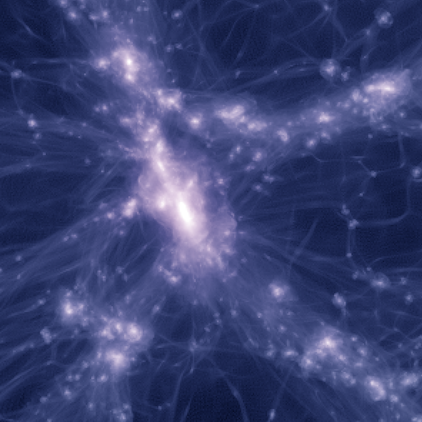- ArXiv Notes for 03/29/2017
- On the effective turbulence driving mode of molecular clouds formed in disc galaxies
- Fast and scalable Gaussian process modeling with applications to astronomical time series
- The VLA-COSMOS 3 GHz Large Project: Continuum data and source catalog release
- Interpreting the Star Formation Efficiency of Molecular Clouds with Ionising Feedback
ArXiv Notes for 03/29/2017
On the effective turbulence driving mode of molecular clouds formed in disc galaxies
By Keitaro Jin, et al., 1703.09709
Measured the \(b = \sigma_\rho / \mathcal{M}\) parameter for molecular clouds in disk simulations. The parameter has a lower limit of \(b>0.2\), and shows a broad distribution between compressive and solenoidal. The \(b\) value increases with resolution.
Fast and scalable Gaussian process modeling with applications to astronomical time series
By Daniel Foreman-Mackey et al., 1703.09710
Applications of Gaussian process modeling to transits, oscillations, etc.
The VLA-COSMOS 3 GHz Large Project: Continuum data and source catalog release
By Vernesa Smolcic, et al., 1703.09713
VLA observations at 3GHz in COSMOS, reaching 2.3 \(\mu\)Jy/beam, with >10000 radio sources.
Lots of VLA-COSMOS papers.
Interpreting the Star Formation Efficiency of Molecular Clouds with Ionising Feedback
By Sam Geen, et al., 1703.10071
Star formation simulations including ionizing feedback. The time-dependent star formation efficiency in clouds can be considerably larger than \(\sim 0.01\) once ionization is accounted for.
